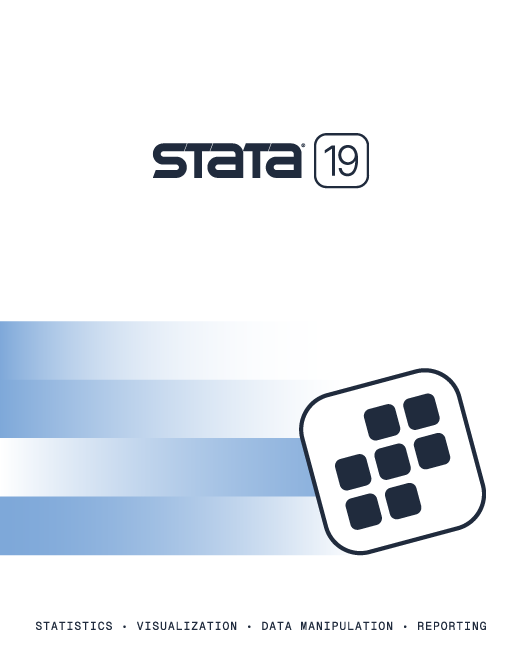
See what's new in linear models.
Sample-selection linear models ![]()
![]()
Fractional polynomial regression ![]()
Endogeneity and simultaneous systems
Instrumental-variables quantile regression ![]()
Seemingly unrelated regressions ![]()
Additional resources
See New in Stata 19 to learn about what was added in Stata 19.